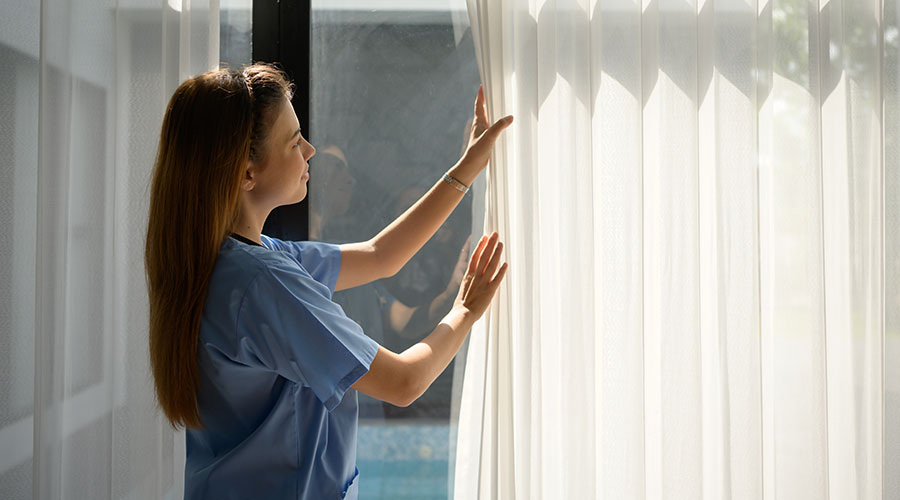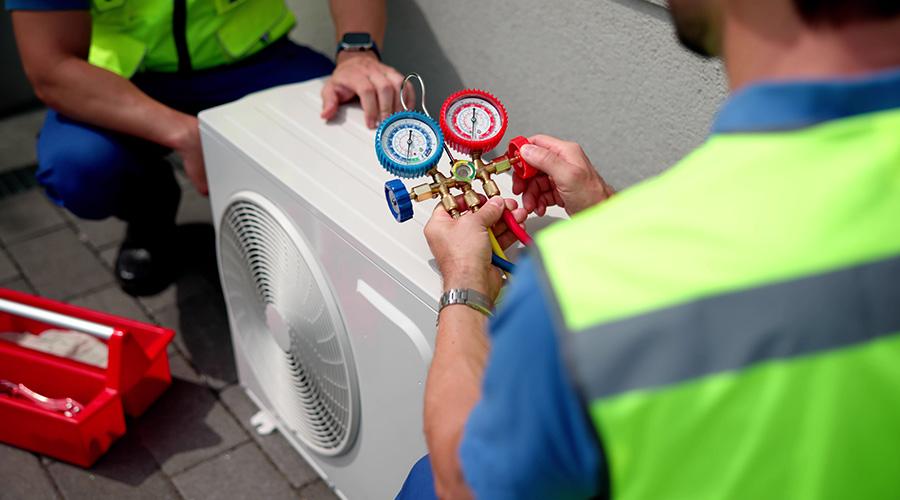Hospital stays can be very invasive. Medical staff are popping in and out of rooms at all times of the day, and these interruptions can be more frequent depending on the severity of the case or if patients are in a shared room. Patients crave privacy and curtains allow patients to get that peace.
As important of a role curtains play in healthcare, they also harbor bacteria if they are not properly managed. Keeping privacy curtains clean, sanitized and compliant with health and safety standards is essential as it can pose a risk to the patient’s care.
According to the CDC, one in 31 hospital patients have at least one hospital associated infection (HAI), resulting in 99,000 deaths each year. The most common HAIs are pneumonia, surgical site infections, gastrointestinal infections, urinary tract infections and primary bloodstream infections, according to the National Library of Medicine. All patients are at risk of getting a HAI, however, some patients are at greater risks than others. Young children, the elderly and people who are immunocompromised are more likely to get an infection. In addition, long hospital stays, healthcare workers failing to perform proper hand hygiene and the use of indwelling catheters can also increase the likelihood of infection.
Related Content: How Healthcare Furniture is Evolving for Infection Control
Hospital curtains and cubicle drapes are frequently exposed to contaminants such as bodily fluids and pathogens. Still, changing out the curtains and leaning them can be time consuming and labor-intensive, ImageFirst found in a report. It is up to managers to find the balance of safety, time and budget while ensuring that privacy curtains are being properly maintained so that they don’t spread bacteria to the patients.
To ensure a clean and safe environment for both patients and staff. It is recommended that managers consider the following when choosing privacy curtains for hospitals and other healthcare facilities:
- Curtain design – Managers should choose colors and styles that align with the facility’s brand and patient needs
- Seamless installation – Managers should select a provider who handles measuring, ordering, installing new curtains and removing old ones
- Laundering and inspection – Managers and other hospital staff must ensure curtains are sanitized, inspected and cleaned to meet or exceed OSHA, CDC and HLAC standards while complying with The Joint Commission’s linen laundry requirements
- Regular curtain replacements – It is recommended that a schedule be set for curtain changes in order to help maintain cleanliness and infection control
- Document compliance – It is essential that there is documentation of every curtain replacement to ensure infection prevention protocols are met
- Inventory and cost management – Manage curtain inventory, including spares for isolation cases and eliminate the need for capital budget approvals and upfront costs.
Mackenna Moralez is the associate editor of the facilities market and the host of the Facilities in Focus podcast.

 State of the Facilities Management Industry in 2025
State of the Facilities Management Industry in 2025 City of Hope to Open New Cancer Specialty Hospital in California
City of Hope to Open New Cancer Specialty Hospital in California Montefiore Einstein Opening New Inpatient Center for Youth in the Bronx
Montefiore Einstein Opening New Inpatient Center for Youth in the Bronx Skill Stacking: How Micro-Credentials Are Reshaping Trades
Skill Stacking: How Micro-Credentials Are Reshaping Trades Prima Medicine Opens New Location in Tysons, Virginia
Prima Medicine Opens New Location in Tysons, Virginia